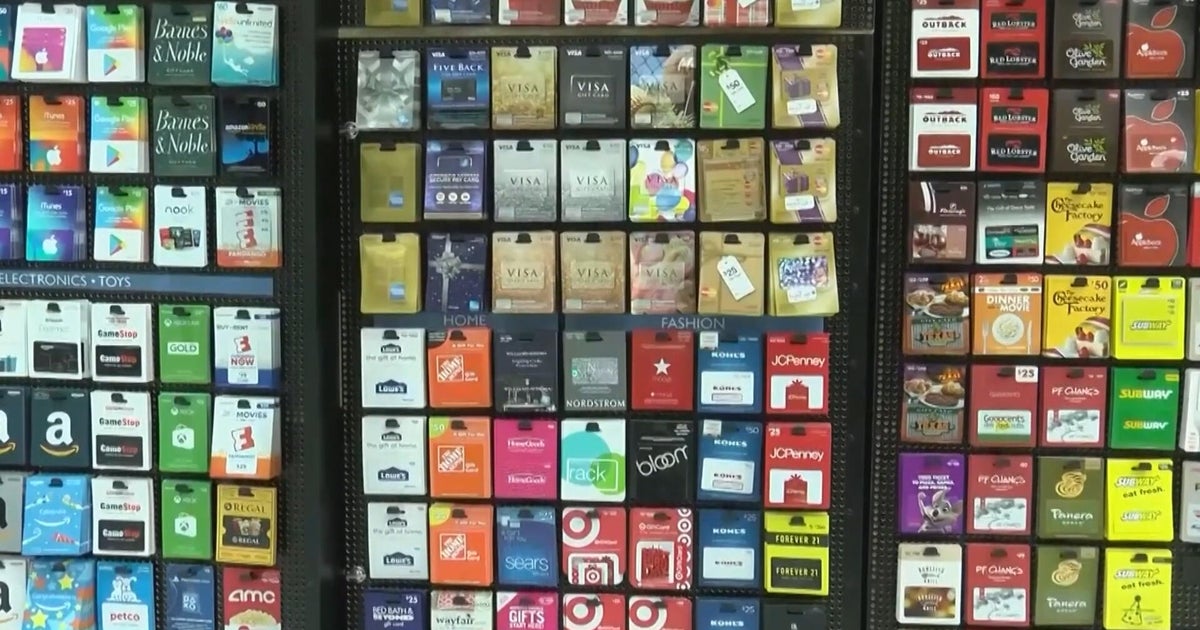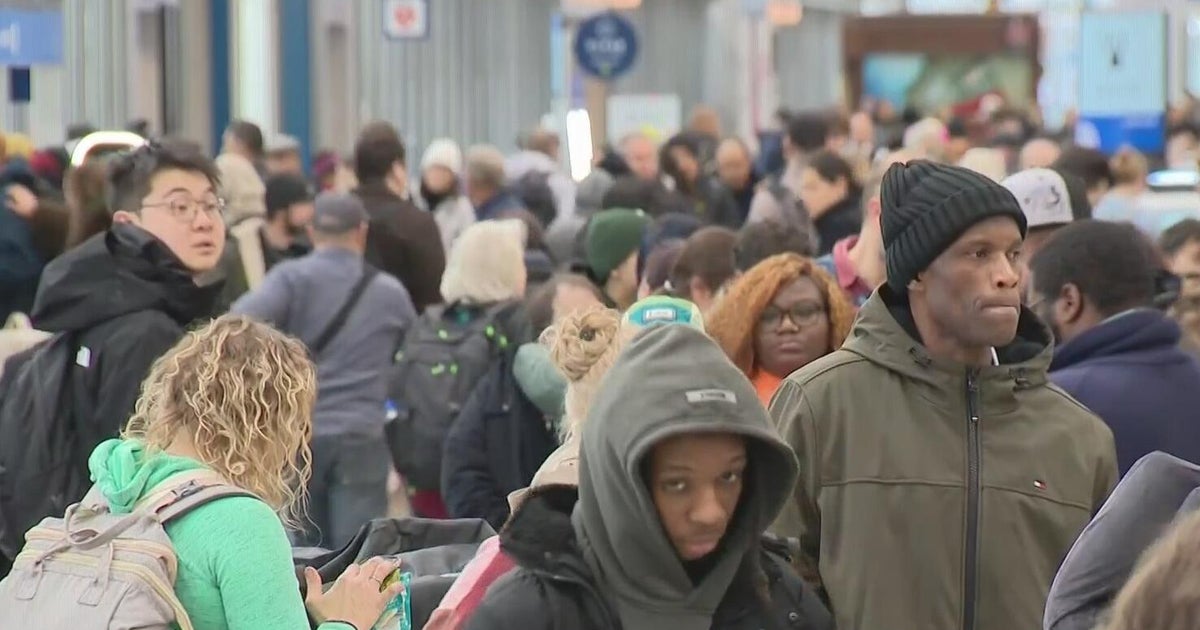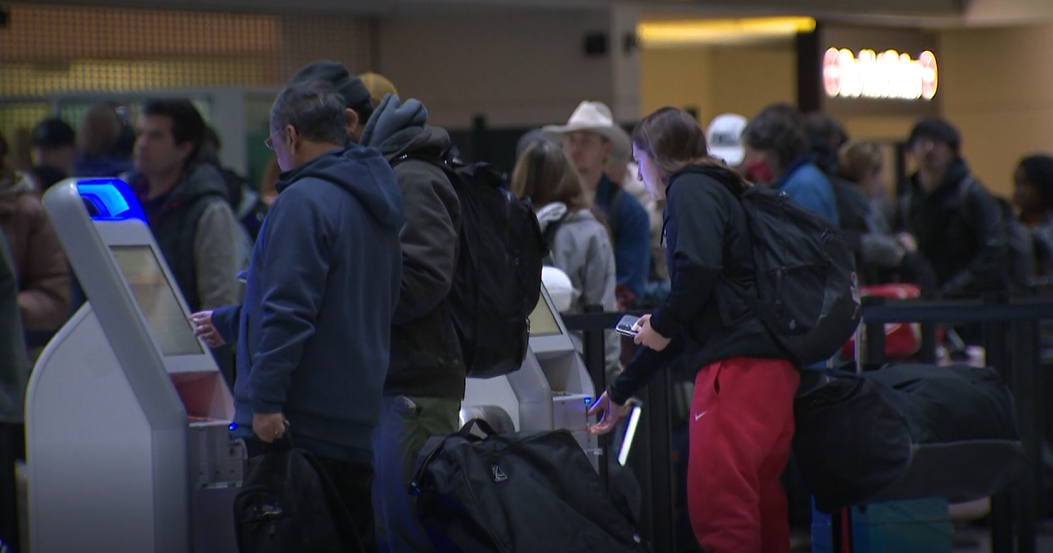The "shop now for the holidays" chorus grows louder amid supply-chain bottlenecks
If it feels like some retailers are pushing holiday shopping before you've even considered a Halloween costume, that's because they are.
Amazon on Monday announced what it called "Black Friday-worthy" deals and a hub to help consumers plan for holiday gift-giving and events. It follows Target and Walmart in urging consumers to buy early while gift-worthy goods are still available.
Worldwide supply chain bottlenecks and shipping delays mean the closer to the December holidays the calendar gets, the less likely some store shelves may be filled with what consumers want most. Experts don't expect the jams to ease until early 2022, long after gifts are opened and the books are closed on retail's traditionally busiest time.
"Major retailers are expecting a strong holiday shopping season but have warned of limited inventories, longer shipping times, labor shortages and fewer discounts," Morgan Stanley economists said in a recent note to investors.
Still, consumers are expected to spend big this year, even as prices for items from toys to clothes are forecast to rise sharply, according to a report from retail and tech advisory firm Coresight Research. The chain store Dollar Tree, for instance recently announced it's raising more prices above $1.
"Given we are already seeing some gaps on shelves, we do expect to see some visible evidence of product shortages this holiday season," John Mercer, Coresight's head of global research, told CBS MoneyWatch.
Consumers will likely spend as much as 10% more this year, some of them fueled by nearly $1.7 trillion in federal stimulus funds since the start of the pandemic last year, according to Coresight's report. And if shoppers run up against shortages, many will likely shift to other options like gift cards, even if recipients might need to wait until the New Year to redeem them, Mercer added.
Big retailers stocked up earlier than usual this year as the U.S. tried to emerge from the pandemic. Target, for example, had 26% more inventory at the end of June than it did in 2020, at the height of store closures. The retailer ordered earlier — and in bigger quantities ahead of the holidays — to make sure shelves were stocked and able to be replenished, John Mulligan, Target's chief operating officer, told investors in August.
For its part, Amazon is "confident in our ability to serve customers this holiday season," a spokesman said. The retail giant said it's "on track" to hire 125,000 more people in warehouse and logistics jobs.
Small retailers brace for emptier shelves
Small retailers are bracing for potentially emptier shelves later in the season. Goods are arriving, but lead times are longer. Delivery people are stretched thinner and vendors are trying to figure out how much of the extra cost to absorb or pass onto retailers — who in turn have to decide whether to charge consumers more.
Henry Bear's Park, a Boston-area retail chain of eight stores and an online shop that sells specialty toys, games, books and puzzles, ordered some items months early, owner Kas Sharma told CBS MoneyWatch.
Normally Henry Bear's would wait until August, September and October to stock up on its holiday items. But this year, the small chain began placing orders in May after vendors and suppliers warned of supply-chain backups and worker shortages. More than half of the shipments have yet to arrive, Sharma estimates.
"We, by no means, will have as much as we usually would have wanted to carry for the holidays," Sharma said. "But we're still hopeful that, having ordered early and heavily, we should have enough to satisfy a decent holiday season."
Sharma says he's also struggling with the same dilemma as manufacturers, distributors and shippers: whether to raise prices or absorb higher costs this year. The price to charter giant shipping containers to cross the Pacific Ocean loaded with goods, for instance, has soared 10- and even 20-fold in the past year.
"If it's a one-time thing, then you don't want to increase prices. But if this is a new normal, we can't absorb the price shift that's happening in the industry," Sharma said.
Another issue: new, higher U.S. Postal Service shipping rates and a delivery slowdown. Henry Bear's offers free shipping over $50 and a flat rate for purchases below that. "But now we're trying to figure out: Do we make the free-shipping threshold higher? So what should that be? And the flat rate shipping that we have, does that go higher?" Sharma said.
Book shortages already emerging
Booksellers are also grappling with shortages. Demand for books is strong, but the industry is dogged by the same potential shortage issues. In August, publishers and book wholesalers urged retailers to stock up, the American Booksellers Association said in a post.
"Publishers of all sizes are reporting significant printing issues," the blog post reads. That means on-sale dates and reprints can be delayed. Add to that warehouse labor shortages, and delays are likely, the post said.
"Some publishers are suggesting that booksellers place a reorder now with a future ship date to hold stock for their store. This will allow booksellers to conserve space and cash in the short-term," the post reads.
Costs are rising in that industry, too. One publisher recently told the New York Times that shipping by air costs $5 to $8 per book. That compares to 35 cents to 50 cents in container ships on the ocean, how most cargo travels the world.
Clothing and shoes, double the shipping time
At Nike, long shipping times worsened. Then, mandated factory shutdowns in Vietnam and Indonesia stalled shipments destined for holiday shelves, CEO John Donahoe told investors on a recent call.
Before the pandemic, it took about 40 days to move a pair of Nike sneakers from Asia to North America. With container shortages, port and rail congestion and labor shortages, shoes "now sit at 80 days — roughly two times normal," he said.
Department stores like Macy's and Nordstrom ordered and confirmed contingency plans with vendors earlier in the year than in a regular holiday season.
"It's been difficult to plan inventory flow with much precision. We do not expect those conditions to change anytime soon," CEO Erik Nordstrom told investors on a recent call.
Even the Christmas tree ...
The American Christmas Tree Association last month advised consumers to get their trees early — whether it be living or artificial. You can also expect to pay more.
Live tree costs have roughly doubled since 2015, according to a report from the U.S. Department of Agriculture, while artificial tree prices are up 20% to 30%, the holiday tree group said.
Fires, drought and heat waves, exacerbated by climate change, decimated the yield of some tree crops. Some Oregon farmers lost up to 90% of their crop, according to the group.
"We hope that every person who wants a Christmas tree will find their perfect tree this year," Jami Warner, the ACTA's executive director, said in a recent statement. "If I can give one piece of advice to consumers right now, it is to find and buy your Christmas tree early."





